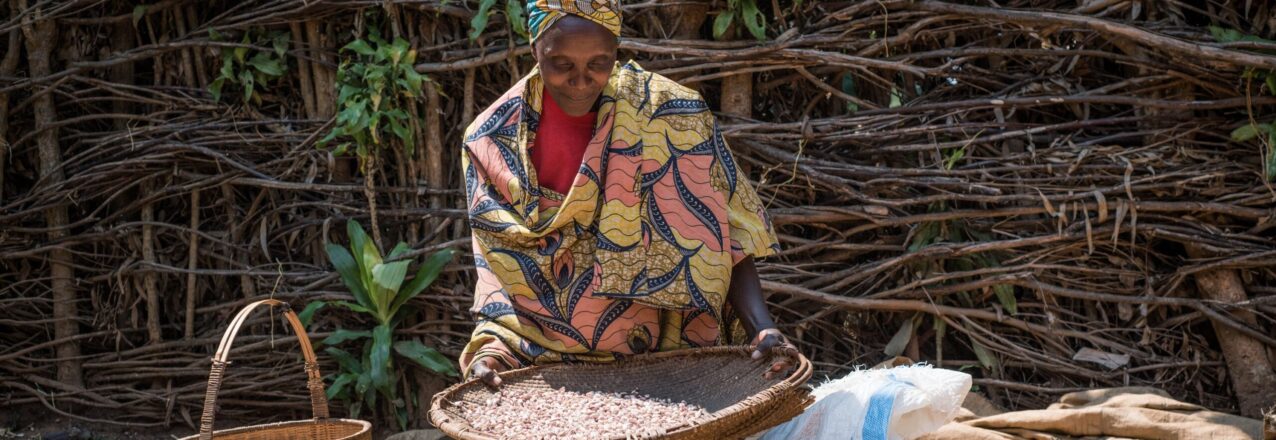Guest Author: Colin Christensen, One Acre Fund
Today, with up to 811 million people going to bed hungry, the world is well off track from our collective SDG2 goal of achieving “zero hunger” by 2030. As climate change makes weather patterns more unpredictable, an estimated 78 million more people will face chronic hunger in 2050 relative to a baseline where there is no climate variability. With hunger rates rising globally, it is critical to consider the role of securing land rights as an important but often overlooked tool to help combat the fight against hunger.
Today, nearly 1 billion people globally have insecure rights to land, a great proportion of whom are smallholder farmers. Empowering smallholder farmers to grow more food has often offered the most direct path to solving the hunger crisis, given that hundreds of millions of smallholders around the world produce 60 to 80 percent of the already limited domestic food supply in many countries. However, smallholder farmers face a variety of challenges not only stemming from environmental constraints (such as precipitation, temperature and extreme events) but also from a range of systemic barriers that limit their ability to grow enough food. Farmers often lack sufficient cash to buy needed inputs like fertilizer and seeds and adequate credit for banks to lend to them. In addition, input distribution networks, which can be geographically limited, can fail to reach more remote areas where many smallholders live. Information networks that are critical for farmers to make key decisions about planting often lack information on weather patterns, soil health, and market demand to help maximize the return on their investment.
The good news is that through increasing access to financing, input distribution, technology, and training, many of these dynamics and investment constraints can be partially overcome. Still, these “traditional” interventions often depend on, and can even overlook what could be a key leverage point to ending hunger: securing land rights. At One Acre Fund, we have seen preliminary indications that the farmers we serve invest significantly more in land that they own compared to land that they rent. For example, a survey with our clients in Rwanda found that these farmers were more likely to apply techniques that would increase their soil productivity on land that they owned compared to land that they rented. From the survey, 73 percent of respondents said that they only applied agricultural lime on land they owned, and 82 percent said they only engaged in terracing (a technique that increases farmability and land productivity of sloped fields) on land they owned. In these cases, maize yields were 30 percent higher on owned land compared to rented land. In addition, the same survey found that 94 percent of farmers planted trees only on land that they owned, which highlights the potential value of land ownership to meeting important goals related to climate adaptation and mitigation.
One Acre Fund has just launched a multi-year project with Landesa to further explore the relationship between food security and land tenure and investigate possible solutions to addressing key gaps in land tenure. Finding these solutions is critical: one World Bank report found that 90 percent of Africa’s rural land remains untitled today, and is “susceptible to land grabbing, expropriation without fair compensation and corruption.” Given these challenges—which are even more dire for women farmers who face higher rates of exclusion from formal titles—it makes perfect sense that a smallholder farmer might be reluctant to invest in what should be her most important asset.
Solving this problem of securing land tenure and formal property rights is certainly not an easy task, as it involves navigating some complex political dynamics and cultural norms. But just because it is difficult does not mean it should be ignored. Today, the hundreds of millions of hungry people around the world deserve as comprehensive an effort as possible to achieve a zero-hunger future, and these efforts should not overlook the importance of secure land rights. Addressing this problem is a critical piece of our anti-hunger tool-kit.


